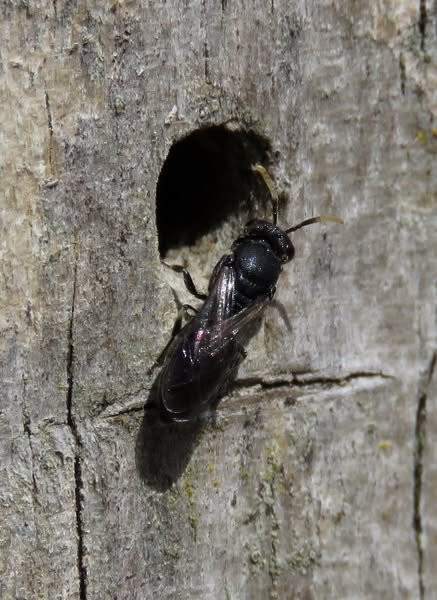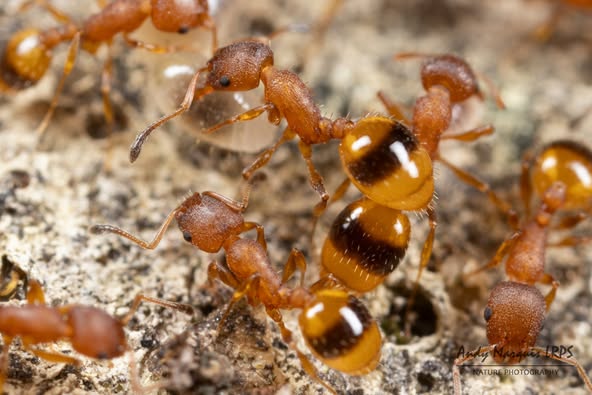East Suffolk - Hylaeus communis by Alan Cornish.jpg



Delve into a partnership project to restore the nationally extinct Short-haired Bumblebee (Bombus subterraneus) to the UK and to improve the diversity and abundance of rare bumblebees in South-east England. It will explore the challenges of restoring an extinct species to its native range and the various approaches that were trialled over a 12-year period from 2008-2020. Along the way, there were some surprising results and many lessons were learnt.
Dr Tony Madgwick gives an engaging webinar that delves into the fascinating world of social wasps, members of the family Vespidae.
At the end of the session, learners should feel more comfortable submitting records of the 10 UK species of social wasps to iRecord.
Join Prof Dave Gouslon to hear about how the Buzz Club are investigating the effectiveness of different bee hotels for UK bees.
Delve into the mind of a bee with Lars Chittka and explore the ways in which how bee brains are unparalleled in the animal kingdom.
By The Biological Recording Company - online - free
Learn about the cuckoo bumblebees of the UK and recent bumblebee extinctions with Dr Nikki Gammans.
By The Biological Recording Company - online - £10
https://www.eventbrite.co.uk/e/bumblebees-of-the-uk-part-3-tickets-993873732087?aff=ebdsoporgprofile
Habitats include woodland (plantation), scrub and grassland. I recce'd the site last year and found it to have a wide variety of inverts.
BWARS members welcome
Famed for its past history as the largest amateur footballing venue, there have been recent habitat interventions (green and blue) and there is a need for continued and detailed survey effort.
BWARS members welcome
A super site with a wide diversity of green and blue habitats. Last year we recorded a number of species new to the site and to London. The disturbed nature of the area and import of materials from all over the world during the construction of the Olympic venues seems to provide opportunities to record new colonisers!
BWARS members welcome